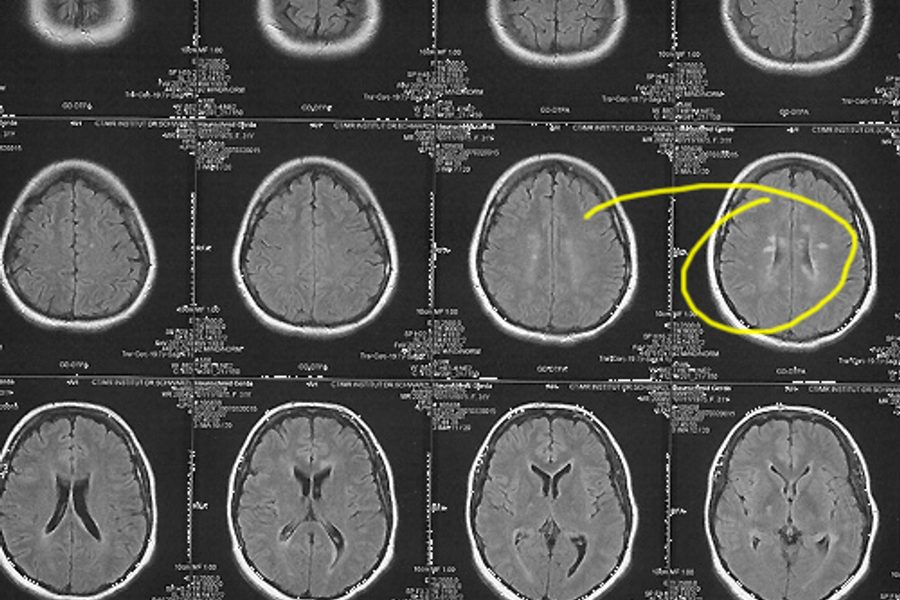
The family of 13-year-old Jahi McMath removed her dead body, still attached to a ventilator, from the hospital on Sunday. A court order gave the family the power to remove their daughter’s body as long as her mother accepted full responsibility of the consequences. The family claims that an undisclosed medical facility will take over the case, but so far, no facility has publicly said they are willing to do so. News broke last week that the Life and Hope Foundation, a “prolife” group founded by Terri Schiavo’s family, has been working behind the scene on the McMath court case.
McMath was declared brain dead on Dec 12. She lost a lot of blood after a complex tonsillectomy at a children’s hospital in Oakland, California, and then her heart stopped. The resulting oxygen deprivation completely destroyed her brain, including her brain stem, and she died. Six doctors have confirmed that she is brain dead. Whole-brain death is legal death in the state of California and it has been since 1982.
Tragically, Jahi is dead. The brain is what makes us the people we are and coordinates critical bodily processes. Jahi’s brain has no electrical activity and no blood supply. The blood to her brain has been cut off for weeks. There have been cases where people with severe brain damage have recovered to varying and sometimes unexpected degrees, but nobody comes back from correctly diagnosed brain death.
This is not an instance where new technology has outstripped existing law. Artificial ventilation has been around for decades. The concept of brain death was developed to deal with cases where the brain has died but the body is being infused with oxygen on a ventilator.
Terri Schiavo was not brain dead. The Terri Schiavo controversy was about whether a patient’s next-of-kin could withdraw life-sustaining care. She was in a persistent vegetative state. She was permanently and completely unconscious, but she could still breathe on her own. Michael Schiavo felt that his wife wouldn’t want to be kept alive in such a diminished condition after all hope of recovery had been extinguished.
The Life and Hope Foundation maintains that this case is a matter of religious freedom. Mainline religious groups accept the reality of brain death. Even the Roman Catholic Church accepts that brain death is death. Self-identified Catholic doctors who reject brain death as death and assail organ donation represent fringe opinion even by Catholic standards.
Yet the Life and Hope Foundation, spoiling for a do-over after its loss in the Terri Schiavo case, has latched on to the McMath family. Jahi’s family accuses the hospital of “playing God,” but who’s being presumptuous here: the forces who want to keep a dead body on a respirator to make some theological point, or the doctors who recognize that their patient has died and want to let nature take its course?




